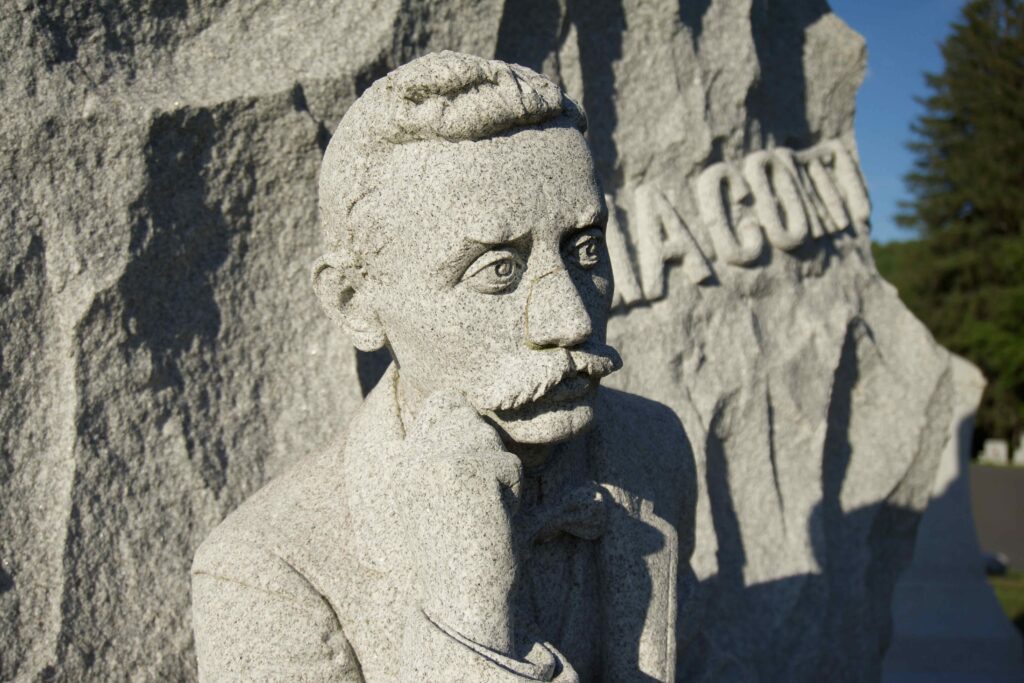We often talk about scenes like we know what they are, but I sometimes see students mistake the following non-scenes for scenes:
Narrative summary–This is when a writer describes when many things are happening, sometimes in the past before the story takes place and sometimes in the present of the story, but doesn’t offer the moment-to-moment. For more on this, read Patricia C. Wrede’s great blog post about.
Thoughts and feelings–Obviously thoughts and feelings are part of great scenes, but sometimes students write long passages of thoughts and feelings that don’t depict the action of the moment. This can work for some stories, but many need the actual scene, the actual action of the moment.
Students also create what I’d call pseudo-scenes. These scenes don’t further the story in any way. They often do have a purpose, but that purpose is simply to provide information, often about setting or about politics. Characters talk, but not as though they actually care about anything they’re saying. They have voices that are more like dry narrators or encyclopedias. Sometimes characters tell each other things they already know. (As you already know, John . . . This is sometimes called maid and butler dialogue.)
Another pseudo-scene is a small-talk scene. In these, characters have a conversation that is the kind of conversation one might have quickly at the post office with someone else standing in line. The conversation is filler. It passes the time. Maybe it’s even funny. And yet ultimately, if it never happened, nothing really would change for you or your life. The moment is usually pretty forgettable.
With these kinds of scenes, no character in the scene has anything at stake. No character in the scene is affected by what occurs in the scene. The scene doesn’t cause change, even subtle change, in the story.
So what is a scene? I’ll get to that with Part II
